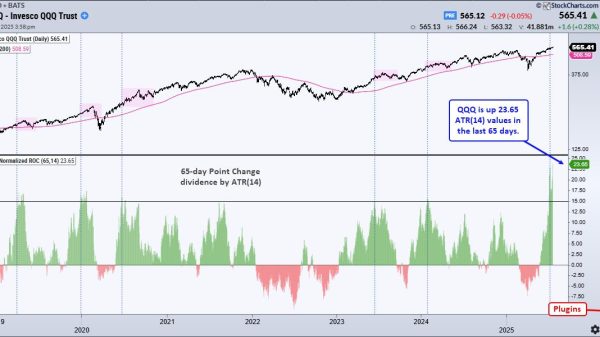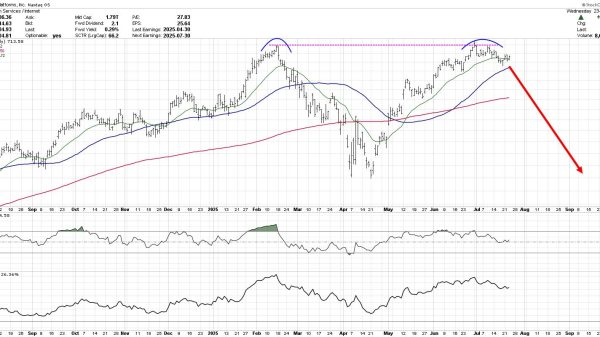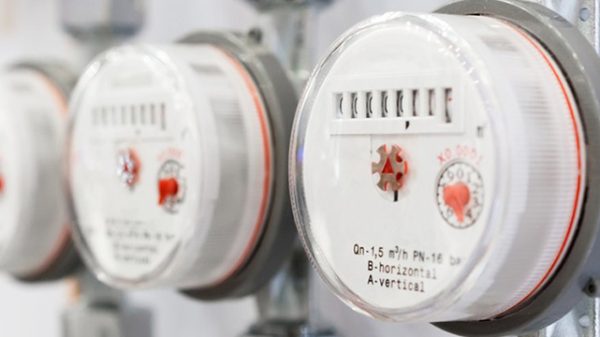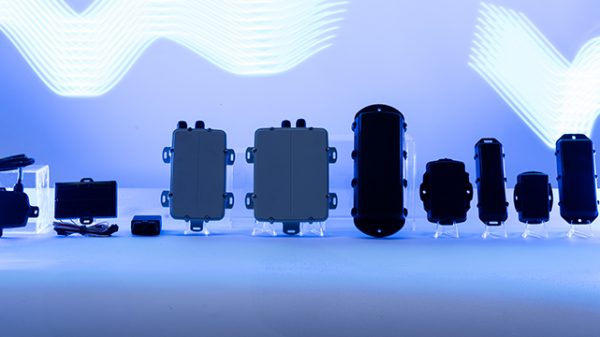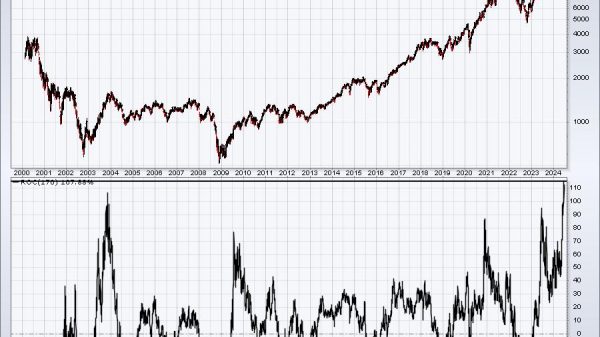For years, the narrative around IoT was almost singular: move to the cloud. It promised scale, speed, and seamless access. But a shift is happening. Organizations, especially in industrial and critical infrastructure sectors, are rethinking their approach. This is not about nostalgia for racks of blinking servers. It is about responding to security requirements and operational demands that are reshaping on-prem IoT device management.
Across oil refineries, utilities, transportation hubs, and manufacturing plants, a quiet but significant pivot is underway. These organizations are bringing critical IoT systems back under on-premises control. This shift is not a rejection of cloud benefits. It is a recognition that some systems, particularly those that cannot tolerate downtime or intrusion, are better kept close to home.
However, this approach introduces new challenges. On-prem devices still require firmware updates, monitoring, and configuration changes. Operators still need real-time alerts when systems fail. In other words, the security wall that keeps threats out can also hinder essential management capabilities. Addressing this dilemma has become one of the most pressing issues in on-prem IoT device management.
Why the Cloud Rush Stalled
The momentum behind cloud-based IoT management made sense. Centralized platforms enabled remote updates, data aggregation, and IT toolset consolidation. For many business applications, these advantages still hold.
But operational technology, the systems that control industrial processes, operates under stricter conditions. The risks are higher, the tolerance for disruption is lower, and the security models are more complex. Many environments are air-gapped by design, separated from public internet access to minimize vulnerabilities. In these cases, cloud-only management is not just inconvenient; it introduces unacceptable security risks.
The industry is beginning to see that the same features that make the cloud attractive, such as openness and continuous connectivity, can also become vulnerabilities. As cyber threats increase and high-profile breaches continue to make headlines, organizations are moving to reclaim control of their most critical IoT assets.
On-Prem Does Not Mean Going Backwards
Moving device management back on-premises does not mean returning to manual updates and flash drives. Organizations still want the benefits of modern management: bulk configuration, real-time monitoring, and standardized deployments.
New platforms are emerging that offer these capabilities within a secure on-prem environment:
Centralized visibility across devices in air-gapped networks Encrypted communications using TLS 1.2 or higher Configuration templates to standardize deployments and reduce human error Automated alerts for outages and performance degradation API and syslog integration to support analytics and broader monitoring systemsWith these capabilities, enterprises can manage operational technology infrastructure with the same level of responsiveness and rigor as traditional IT systems, without sacrificing the security of isolation.
The Workforce Factor
Security may be the leading reason for the on-prem shift, but workforce dynamics are also accelerating the trend. Across industrial sectors, labor shortages and a growing skills gap mean there are fewer experienced engineers available to manually configure and troubleshoot devices.
On-prem platforms that support standardized templates allow less-experienced technicians to deploy equipment confidently, while enabling senior engineers to focus on more complex issues and system optimization. This model improves both efficiency and consistency, which are critical in environments where errors can halt operations.
Redundancy is Essential
For mission-critical systems, visibility and control are lifelines. That is why redundancy is becoming a standard feature in modern on-prem IoT management strategies. Multiple synchronized instances of the management platform ensure that if one node fails or requires maintenance, another can take over immediately. This prevents blind spots and eliminates the need to re-establish connections during a critical moment.
Security Beyond the Perimeter
One common misconception about air-gapped environments is that they are impenetrable. In reality, many industrial networks maintain at least some connection to business systems for reporting or coordination. That link, even if narrow, can become a vulnerability if device management tools are not built with layered defenses.
Modern on-prem platforms address this by encrypting both IP-based and serial communications by default, limiting visibility to unauthorized users even if they gain access. Combined with strict role-based access controls and audit logging, these measures help ensure that the management layer is not the weak point in an otherwise secure system.
Operator-Centric Design
The most effective platforms, whether cloud, on-prem, or hybrid, are those designed around the workflows and expectations of the people who use them.
Matching the user interface of an on-prem platform to its cloud counterpart can reduce training requirements for teams that operate in both environments. Providing APIs and standardized log formats enables organizations to integrate new tools into existing processes without disruption.
These considerations may seem secondary to encryption or access control, but in practice they often determine whether a platform is adopted enthusiastically or reluctantly.
Hybrid IoT Platforms are the Future
While the current trend favors local control, the future is hybrid. Cloud infrastructure remains ideal for long-term storage, cross-site coordination, and advanced analytics.
The most innovative platforms will offer seamless transitions between environments. Users will expect:
Unified interfaces across cloud and on-prem deployments Analytics capabilities that operate locally and in the cloud AI-driven diagnostics that work within air-gapped systemsHybrid IoT platforms will provide the flexibility to maintain security while taking advantage of the cloud’s strengths.
Conclusion
The return to on-prem IoT device management is not a retreat. It is a recalibration. By combining the control and protection of local management with the innovation and scalability of modern remote tools, organizations can support their most critical devices with confidence.
In a security-first era, that balance is not just smart. It is essential.
The post The New On-Prem Pivot: Rethinking IoT Device Management in a Security-First Era appeared first on IoT Business News.






